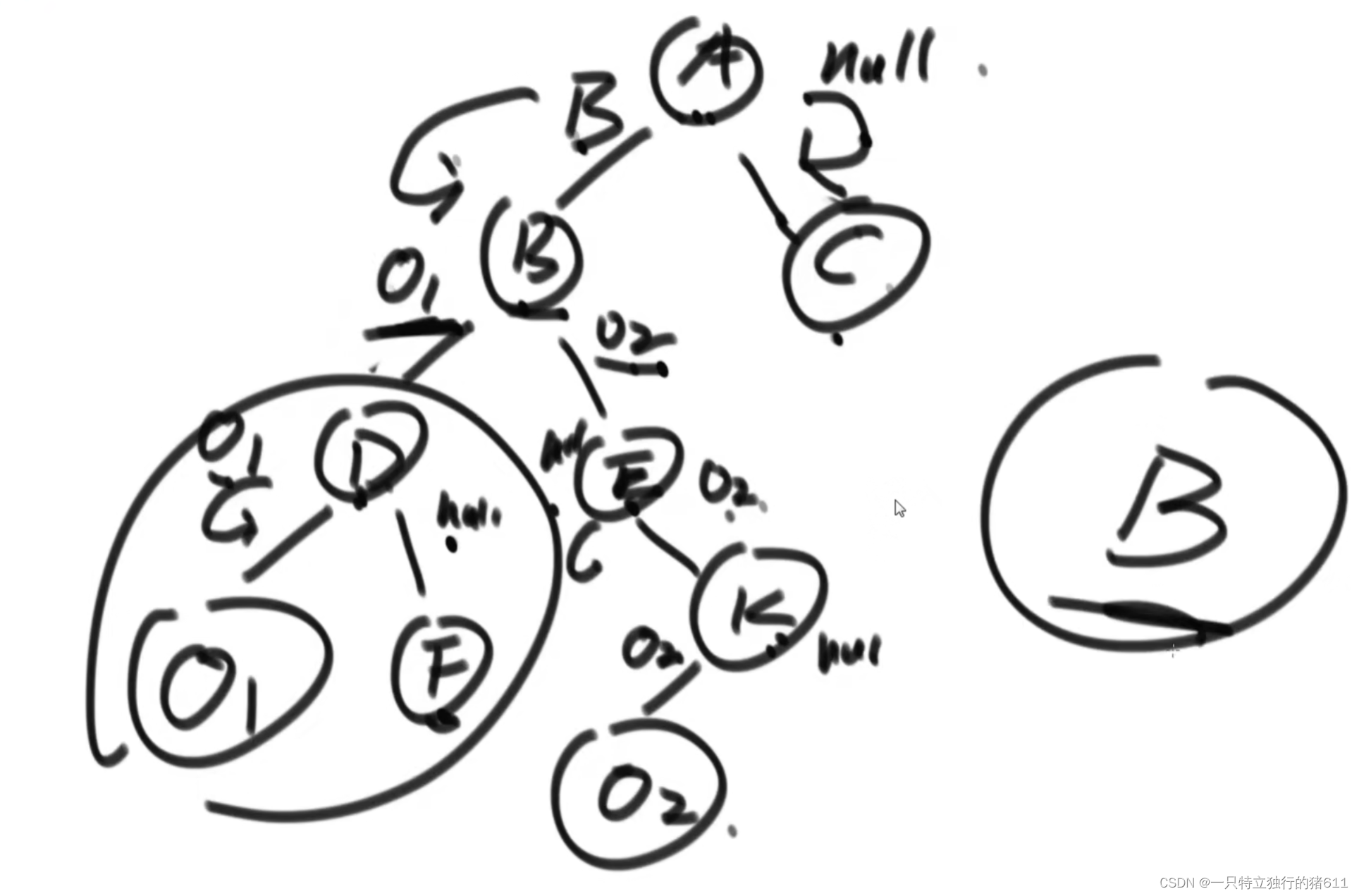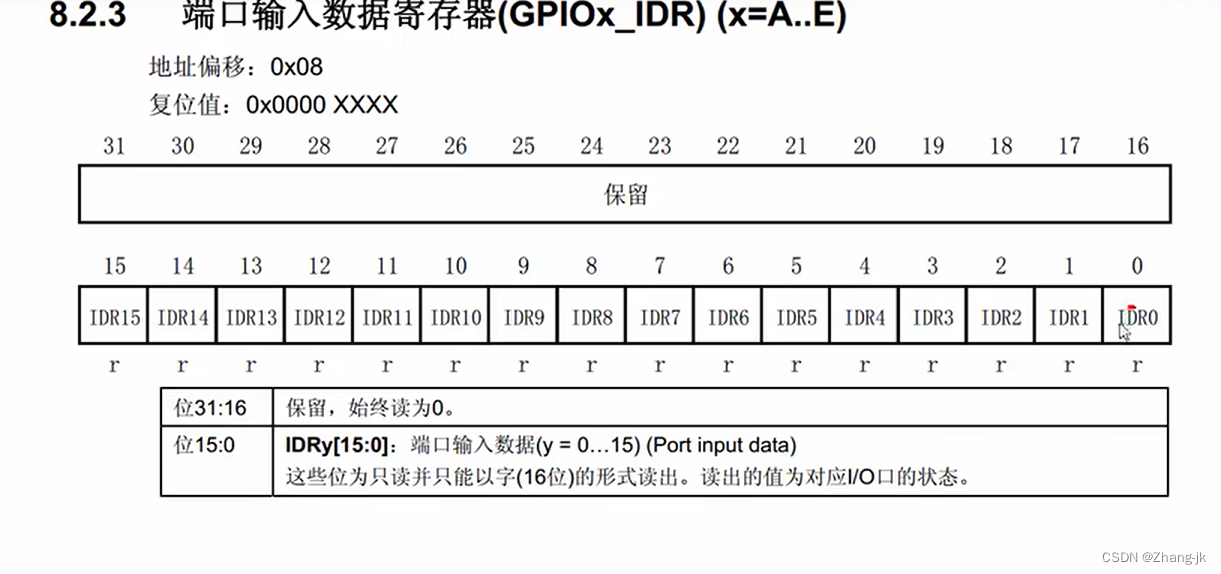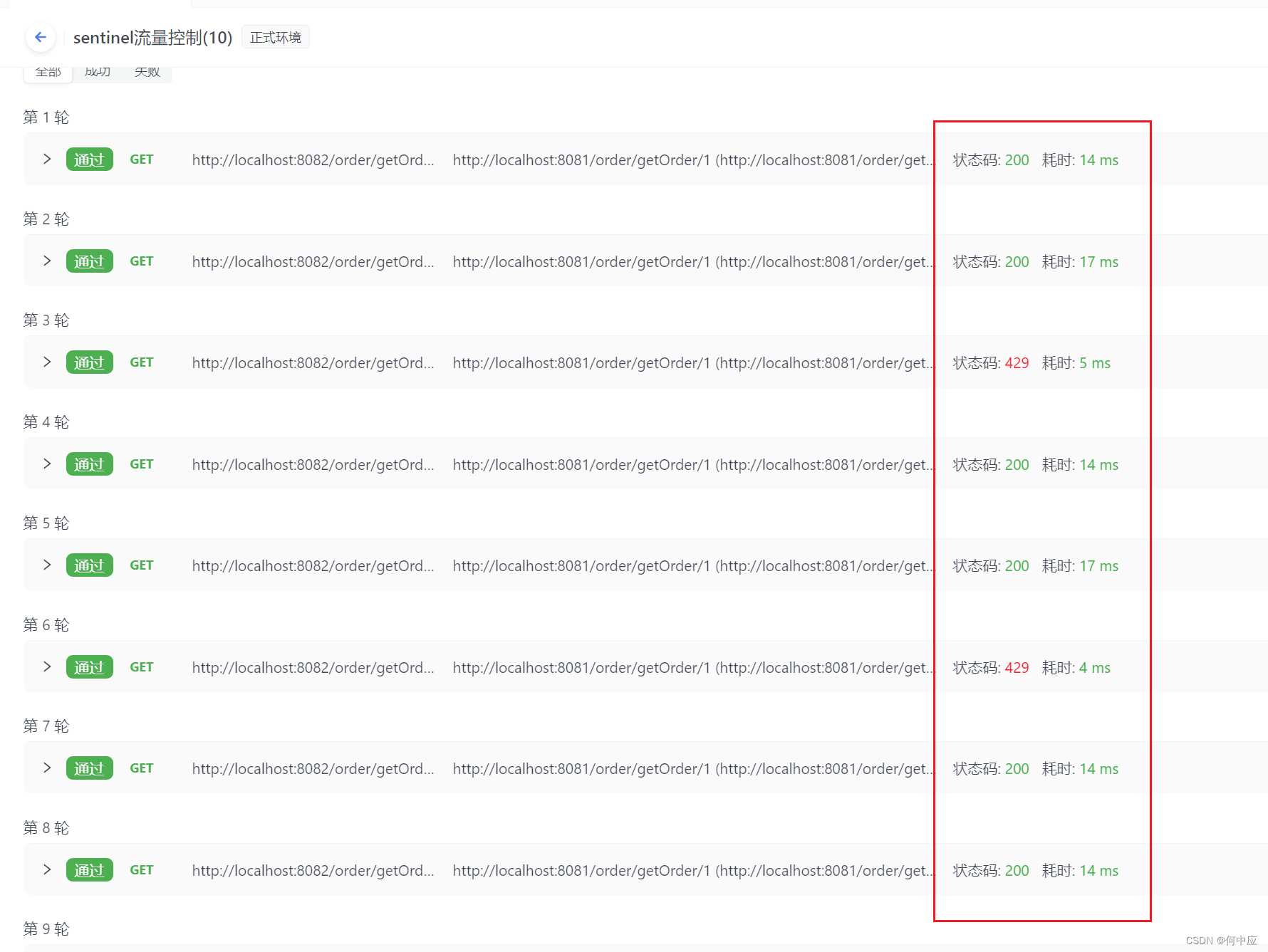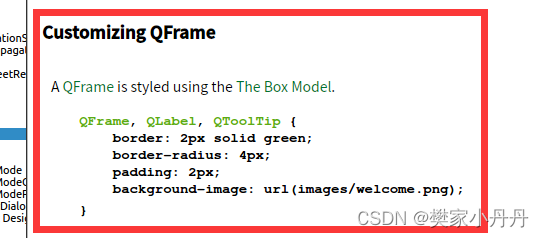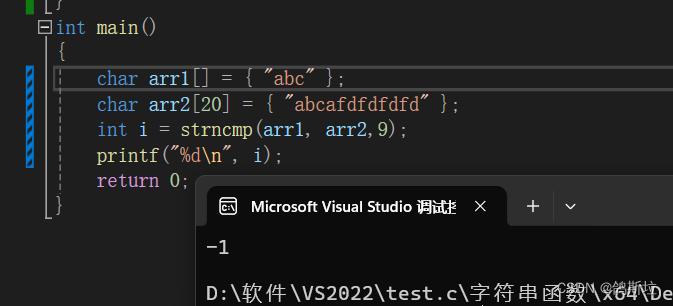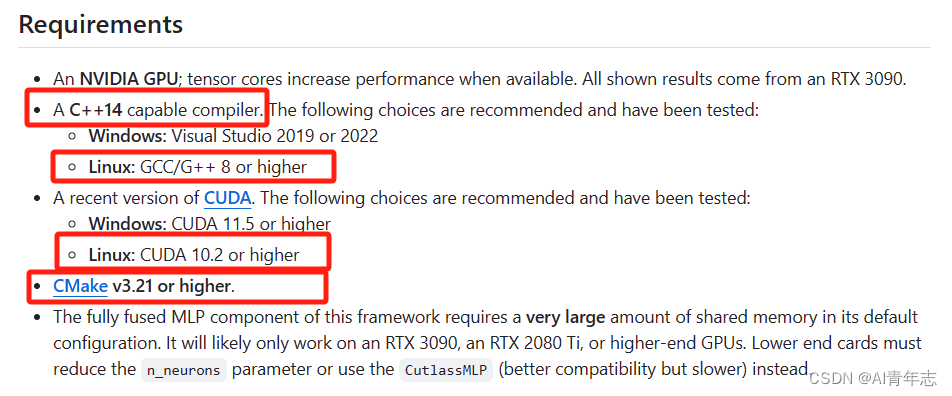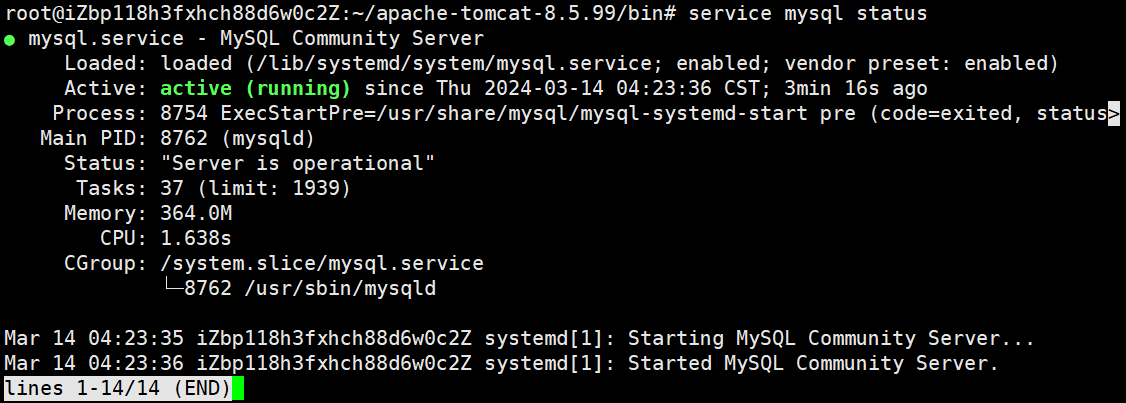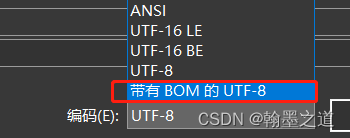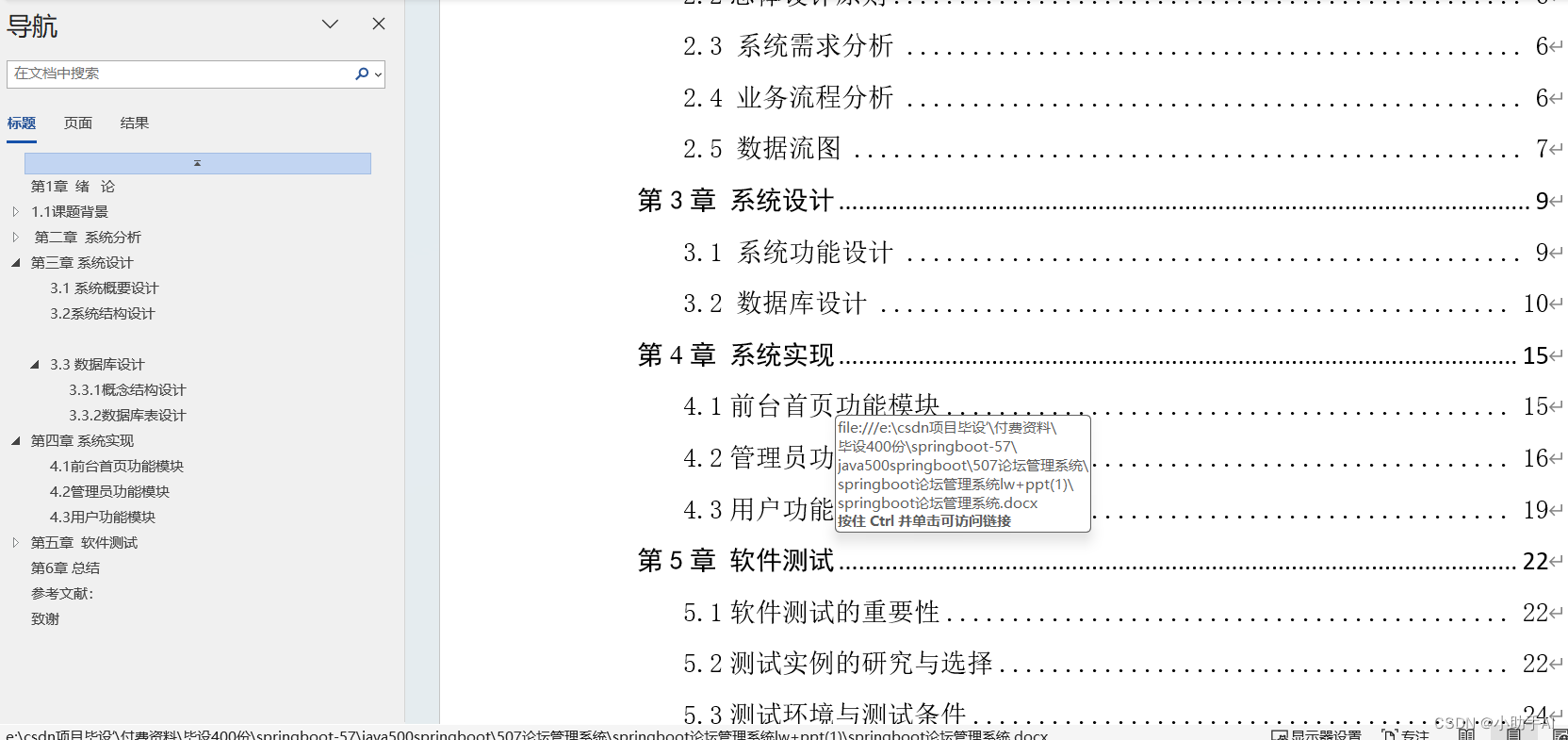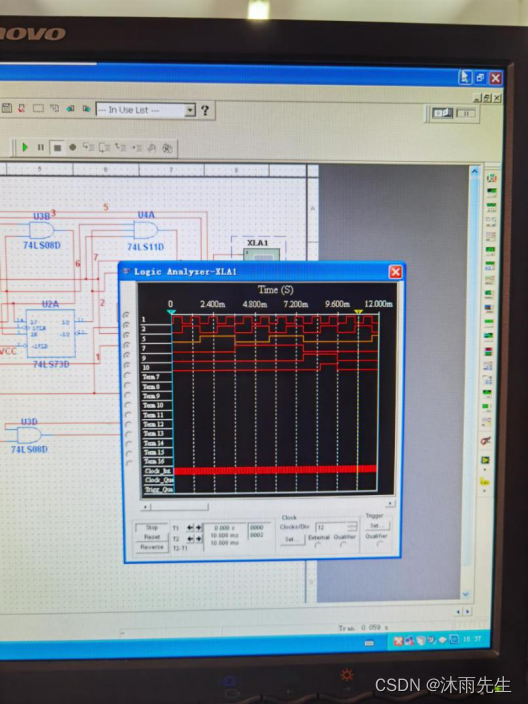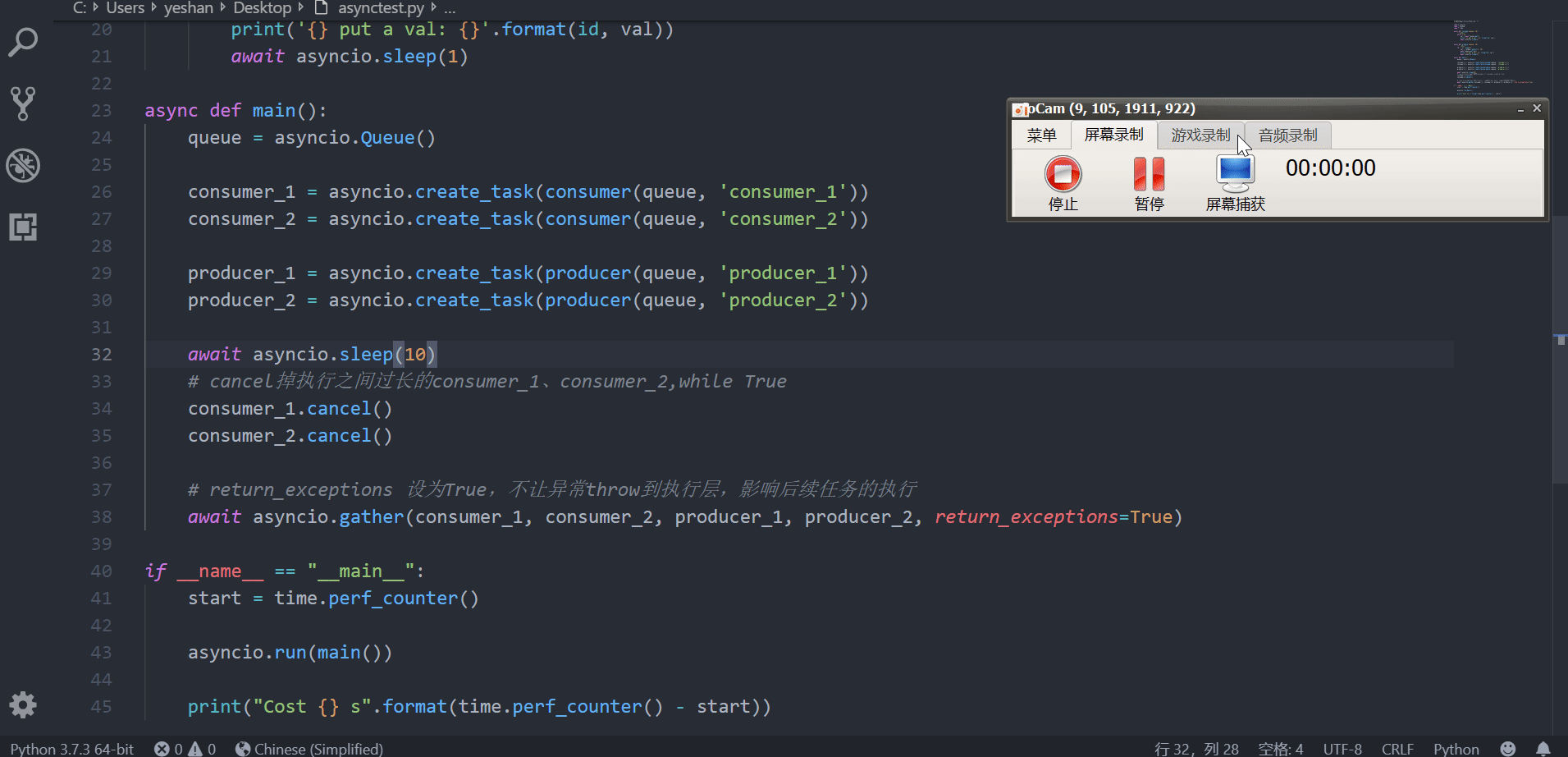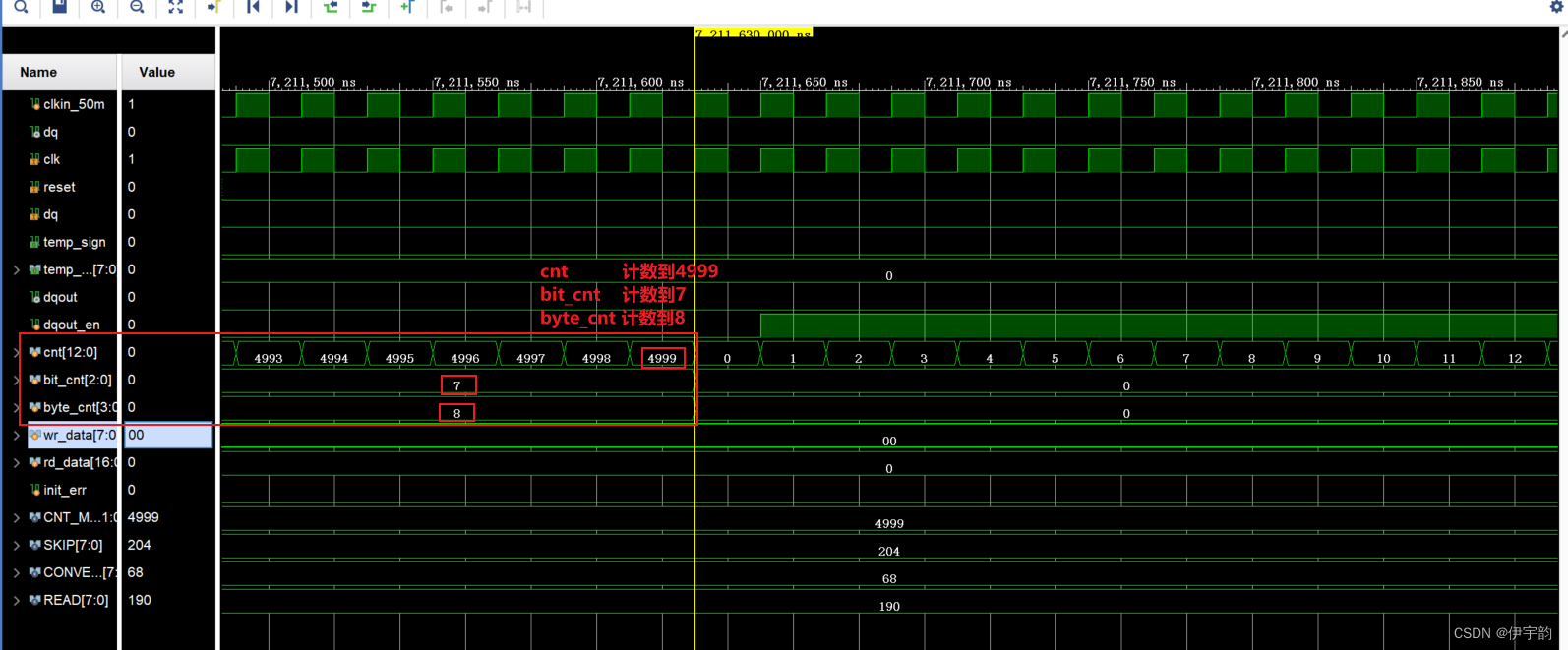1.杂题
1.1 计算二进制中1的个数
AcWing
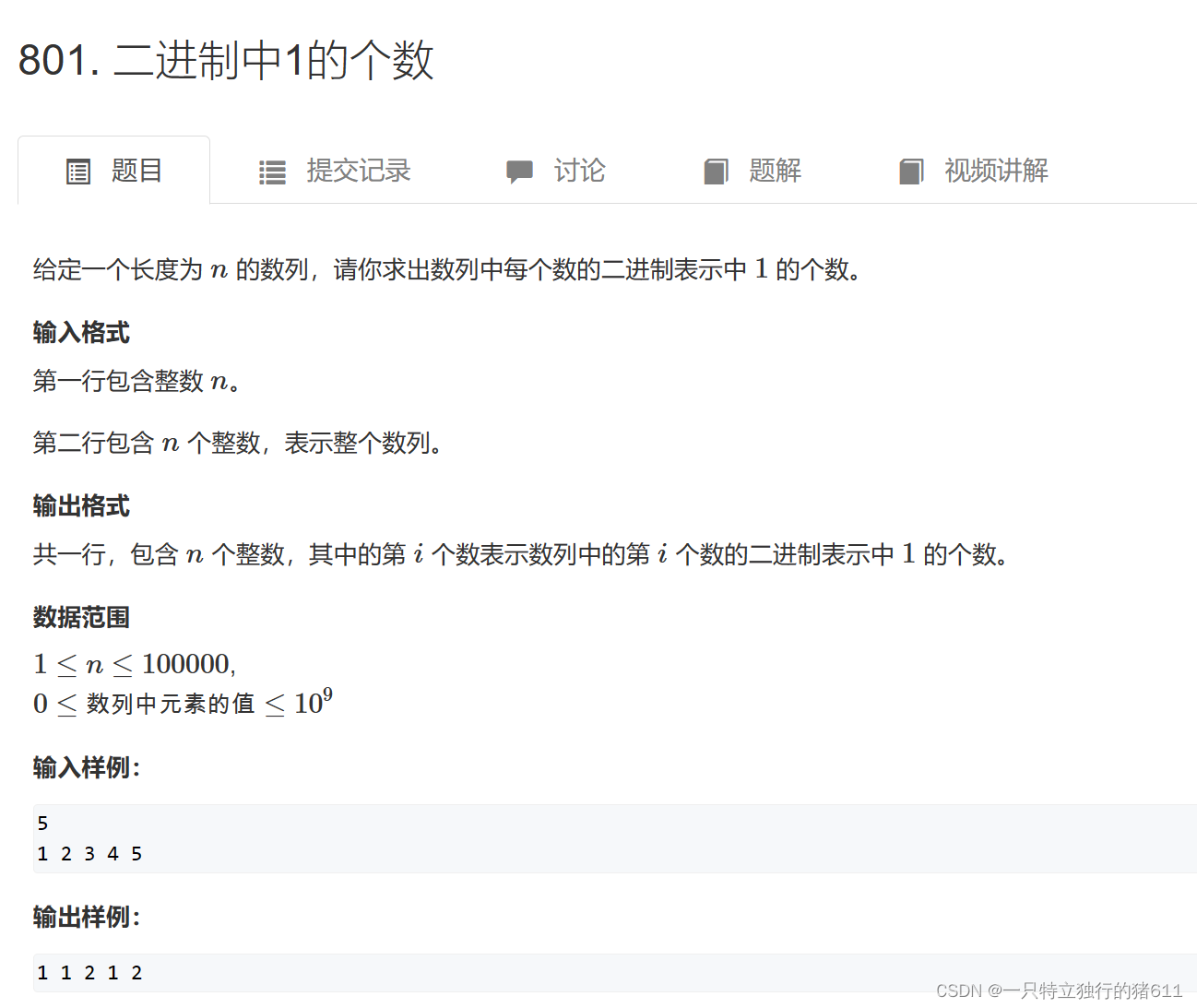
import java.util.*;
public class Main{
public static void main(String[] args) {
Scanner sc = new Scanner(System.in);
int n = sc.nextInt();
int[] num = new int[n];
for (int i = 0; i < n; i++) {
num[i] = sc.nextInt();
}
int[] arr = new int[n];
int j = 0;
for (int i : num) {
if (i == 0) {
arr[j++] = 0;
continue;
}
int x = 1;
while ((i & (~i + 1)) != 0) {//每次能取到最右边的1
i = i ^ i & (~i + 1);
arr[j] = x++;
}
j++;
}
for (int i : arr) {
System.out.print(i + " ");
}
}
}1.2 颜色分类

class Solution {
public void sortColors(int[] nums) {
int l = -1;//左指针
int r = nums.length;//右指针
int i = 0;//哨兵指针
while (i < r) {
if (nums[i] < 1) {//左指针下一个数我是看过的,因此i可以++
int temp = nums[i];
nums[i] = nums[l+1];
nums[l+1] = temp;
i++;
l++;
}
else if (nums[i] > 1) {//如果比1大,就和右指针前一个数交换位置。但i不变,因为nums[i]是刚交换过去的,还没比较
int temp = nums[i];
nums[i] = nums[r-1];
nums[r-1] = temp;
r--;
}
else {
i++;
}
}
}
}2.链表
2.1判断是否是回文链表

1.方法一:利用栈反转链表
/**
* Definition for singly-linked list.
* public class ListNode {
* int val;
* ListNode next;
* ListNode() {}
* ListNode(int val) { this.val = val; }
* ListNode(int val, ListNode next) { this.val = val; this.next = next; }
* }
*/
class Solution {
public boolean isPalindrome(ListNode head) {
Stack<ListNode> listNodes = new Stack<>();
ListNode p = head;
//利用栈反转链表,判断是否是回文链表
while (p != null) {//将链表中所有元素入栈
listNodes.push(p);
p = p.next;
}
while (!listNodes.empty()) {
if (listNodes.pop().val == head.val) {//
head = head.next;
} else {
return false;
}
}
return true;
}
}2.方法2:利用快慢指针
/**
* Definition for singly-linked list.
* public class ListNode {
* int val;
* ListNode next;
* ListNode() {}
* ListNode(int val) { this.val = val; }
* ListNode(int val, ListNode next) { this.val = val; this.next = next; }
* }
*/
class Solution {
public boolean isPalindrome(ListNode head) {
//代表快指针,一次走两步
ListNode fast = head;
//代表慢指针,一次走一步
ListNode slow = head;
while (fast.next != null && fast.next.next != null) {
fast = fast.next.next;
slow = slow.next;
}
//退出循环时,如果链表节点是奇数个,快指针在尾节点,慢指针在中点。如果是偶数个,快指针还是在尾节点,慢指针在中点前一个。
//把右半部分链表反转
slow = reverseList(slow.next);
while (slow != null) {
if (head.val != slow.val) return false;//值不相同,直接返回false
head = head.next;
slow = slow.next;
}
return true;
}
//反转链表
public static ListNode reverseList(ListNode head) {
ListNode cur = head;
ListNode pre = null;
while (cur != null) {
ListNode temp = cur.next;
cur.next = pre;
pre = cur;
cur = temp;
}
return pre;
}
}2.2 模板题:反转链表

/**
* Definition for singly-linked list.
* public class ListNode {
* int val;
* ListNode next;
* ListNode() {}
* ListNode(int val) { this.val = val; }
* ListNode(int val, ListNode next) { this.val = val; this.next = next; }
* }
*/
class Solution {
public ListNode reverseList(ListNode head) {
//cur:用于遍历链表元素的指针,代表当前遍历到的节点,初始化当然为head了
ListNode cur = head;
//pre:代表当前cur节点,反转后应该指向的节点。因为cur初始在head,反转以后就是尾节点了指向null,所以pre初始化为null
ListNode pre = null;
while(cur != null){//当元素还没遍历完的时候
//在cur指向pre前,用于保存cur.next,防止链表找不到了。
ListNode temp = cur.next;
//让当前节点cur,指向pre
cur.next = pre;
//让pre变为反转链表的最前面一个节点
pre = cur;
//让cur移动到原链表的头节点
cur = temp;
}
// 注意:pre的含义还是反转链表的头节点!
return pre;
}
}复杂度分析:
时间复杂度 O(N)O(N)O(N) : 遍历链表使用线性大小时间。
空间复杂度 O(1)O(1)O(1) : 变量 pre 和 cur 使用常数大小额外空间。
已经是最优的解法了,还有一种递归方法就不赘述了。
2.3 分割链表(将链表分为小于某个值,等于某个值,大于某个值)

/**
* Definition for singly-linked list.
* public class ListNode {
* int val;
* ListNode next;
* ListNode() {}
* ListNode(int val) { this.val = val; }
* ListNode(int val, ListNode next) { this.val = val; this.next = next; }
* }
*/
class Solution {
public ListNode partition(ListNode head, int x) {
if (head == null || head.next == null) return head;
//代表小于目标值区域的头和尾
ListNode h1 = null;
ListNode t1 = null;
//代表大于等于目标值的头和尾
ListNode h2 = null;
ListNode t2 = null;
//用于保存head的下一个节点
//注意:这里最后拼接好了以后,小于区域的头就是整个链表的新的头节点,因此,head可以作为遍历链表的指针。
ListNode next = head.next;
while (head != null) {//遍历
next = head.next;
head.next = null;
if (head.val < x) {//如果当前节点的val小于目标值
if (h1 == null) {//如果当前节点是小于区域的第一个节点
h1 = head;
t1 = head;
} else {
t1.next = head;
t1 = head;
}
} else {
if (h2 == null) {//如果当前节点是大于区域的第一个节点
h2 = head;
t2 = head;
} else {//其他情况就把该节点尾插法插入链表中
t2.next = head;
t2 = head;
}
}
head = next;
}
//进行小于区域链表和大于等于区域链表的拼接
if (h2 == null) {//如果没有大于等于区域
return h1;
}
if (h1 == null) {//如果没有小于区域
return h2;
}
//如果两种区域都有,则让小于区域的尾指针指向大于等于区域的头指针
t1.next = h2;
return h1;
}
}2.4 随机链表的赋值

/*
// Definition for a Node.
class Node {
int val;
Node next;
Node random;
public Node(int val) {
this.val = val;
this.next = null;
this.random = null;
}
}
*/
class Solution {
public Node copyRandomList(Node head) {
//创建一个map,key为老链表的节点。val为新链表的节点
HashMap<Node,Node> map = new HashMap<Node,Node>();
Node cur = head;
//遍历链表,设置map的key和value
while(cur != null){
map.put(cur,new Node(cur.val));
cur = cur.next;
}
cur = head;
//再次遍历老链表,给新链表设置每一个节点的next和random
while(cur != null){
//cur 老链表节点
//map.get(cur) cur对应的新链表
map.get(cur).next = map.get(cur.next);//设置新链表的next
map.get(cur).random = map.get(cur.random);//设置新链表的random
cur = cur.next;
}
return map.get(head);
}
}2.5环形链表的判断

方法一:利用HashSet集合。
思路:遍历当前链表,每次遍历判断当前节点是否已经存在于set集合中。如果不存在,则把当前节点放入集合。如果已经存在,说明当前节点就是第一个入环节点。
/**
* Definition for singly-linked list.
* class ListNode {
* int val;
* ListNode next;
* ListNode(int x) {
* val = x;
* next = null;
* }
* }
*/
public class Solution {
public boolean hasCycle(ListNode head) {
//创建一个set,用于存放链表中已经遍历了的节点
HashSet<ListNode> set = new HashSet<>();
while(head != null){
//如果当前节点已经存在于set,说明存在环形结构
if(set.contains(head)) return true;
set.add(head);
head = head.next;
}
return false;
}
}方法二:快慢指针
开始时,快慢指针都在头节点的位置。快指针一次走两步,慢指针一次走一步。
如果没有环结构,快指针一定先走到尾节点。
如果有环结构,快慢指针会在换里相遇。而相遇所要走的卷数不会大于两圈。
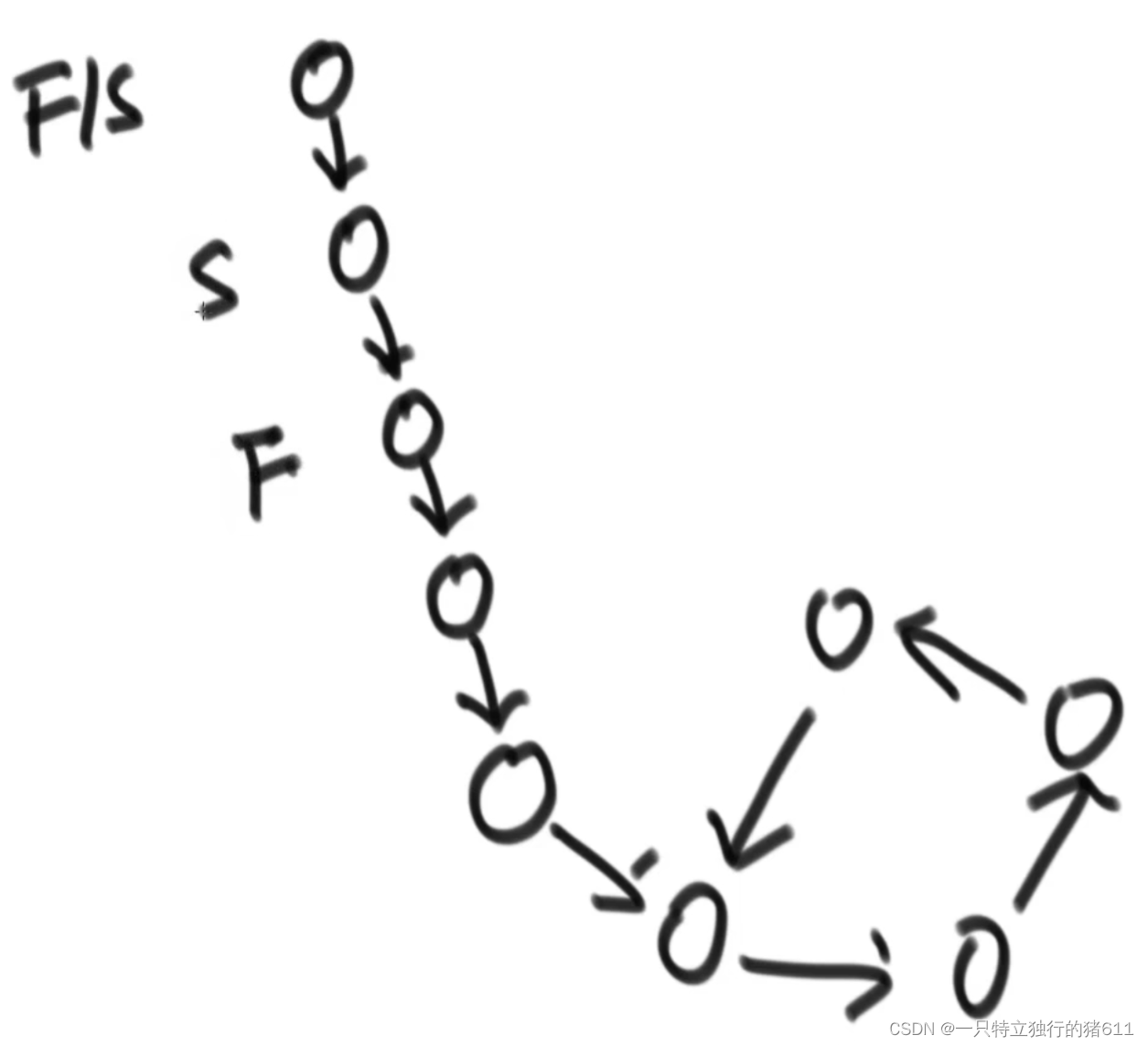

相遇以后,快指针/慢指针到头节点的位置。两个指针开始一次走一步。最终两个指针会在第一次入换节点相遇!(原理就不证明了)



/**
* Definition for singly-linked list.
* class ListNode {
* int val;
* ListNode next;
* ListNode(int x) {
* val = x;
* next = null;
* }
* }
*/
public class Solution {
public ListNode detectCycle(ListNode head) {
if(head == null || head.next == null || head.next.next == null) return null;
//定义慢指针,一次走一步
ListNode n1 = head.next;
//定义快指针,一次走两步
ListNode n2 = head.next.next;
while(n1 != n2){//当n1 n2不相遇时循环,所以我开始时没有把两个指针都设置在头节点的位置
if(n2.next == null || n2.next.next == null){//说明没有环结构,直接返回空
return null;
}
n1 = n1.next;//慢指针一次走一步
n2 = n2.next.next;//慢指针一次走两步
}
//快指针移到头节点,开始一次走一步
n2 = head;
while(n1 != n2){//当两个指针相遇时,就走到了第一个入环节点
n1 = n1.next;
n2 = n2.next;
}
return n1;
}
}2.6 链表相交

思路:两个单链表,如何判断有没有相交点呢?
1.先遍历两个链表,到尾节点时停止。如果这时候,两个链表的尾节点都不想等。说明二者不相交。
2.如果二者尾节点是同一个,则计算二者链表长度的差值。让长的链表先走差值个距离。然后,短的链表从头开始走,二者一定会在相交点相遇!

/**
* Definition for singly-linked list.
* public class ListNode {
* int val;
* ListNode next;
* ListNode(int x) {
* val = x;
* next = null;
* }
* }
*/
public class Solution {
public ListNode getIntersectionNode(ListNode headA, ListNode headB) {
//定义两个指针用于遍历两条链表
ListNode cur1 = headA;
ListNode cur2 = headB;
int n = 0;//用于记录两条链表的差值
while(cur1.next != null){
cur1 = cur1.next;
n++;
}
while(cur2.next != null){
cur2 = cur2.next;
n--;
}
if(cur1 != cur2){//尾节点都不想等,说明二者不相交
return null;
}
//这样遍历完两条链表,n就是两条链表的长度差
cur1 = n > 0 ? headA : headB;//让cur1指向两条链表中长的那一条
cur2 = cur1 == headA ? headB : headA;//让cur2指向两条链表中短的那一条
n = Math.abs(n);//n取绝对值
while(n != 0){//让长的那条链表先移动两条链表差值的距离,再一起走,就会在相交部分汇合!
cur1 = cur1.next;
n--;
}
while(cur1 != cur2){
cur1 = cur1.next;
cur2 = cur2.next;
}
return cur1;
}
}3.二叉树
3.1二叉树的最大深度

思路:二叉树的最大深度 = 根节点的最大高度。因此本题可以转换为求二叉树的最大高度。
而求高度的时候应该采用后序遍历。遍历顺序为:左右中。每次遍历的节点按后序遍历顺序,先收集左右孩子的最大高度,再最后处理当前节点的最大高度!因此用后序遍历。
/**
* Definition for a binary tree node.
* public class TreeNode {
* int val;
* TreeNode left;
* TreeNode right;
* TreeNode() {}
* TreeNode(int val) { this.val = val; }
* TreeNode(int val, TreeNode left, TreeNode right) {
* this.val = val;
* this.left = left;
* this.right = right;
* }
* }
*/
class Solution {
public int maxDepth(TreeNode root) {
//注意:这题虽然求的是最大的深度,但我们可以转换思路。求树的最大深度 = 根节点的最大高度!
if(root == null) return 0;
//当前节点左孩子的高度
int leftHeight = maxDepth(root.left);
//当前节点右孩子的高度
int rightHeight = maxDepth(root.right);
return Math.max(leftHeight,rightHeight) + 1;//当前节点的最大高度就是左右孩子中更高的那个+1
}
}3.2 搜索二叉树的判断
思路:
首先我们知道二叉搜索树的性质:任何一个节点的左子树的所有节点的值都小于该节点的值,右子树的所有节点的值都大于该节点的值。
由这个性质我们可以知道,对于一个二叉搜索树,中序遍历这个树,得到的结构一定是升序的!
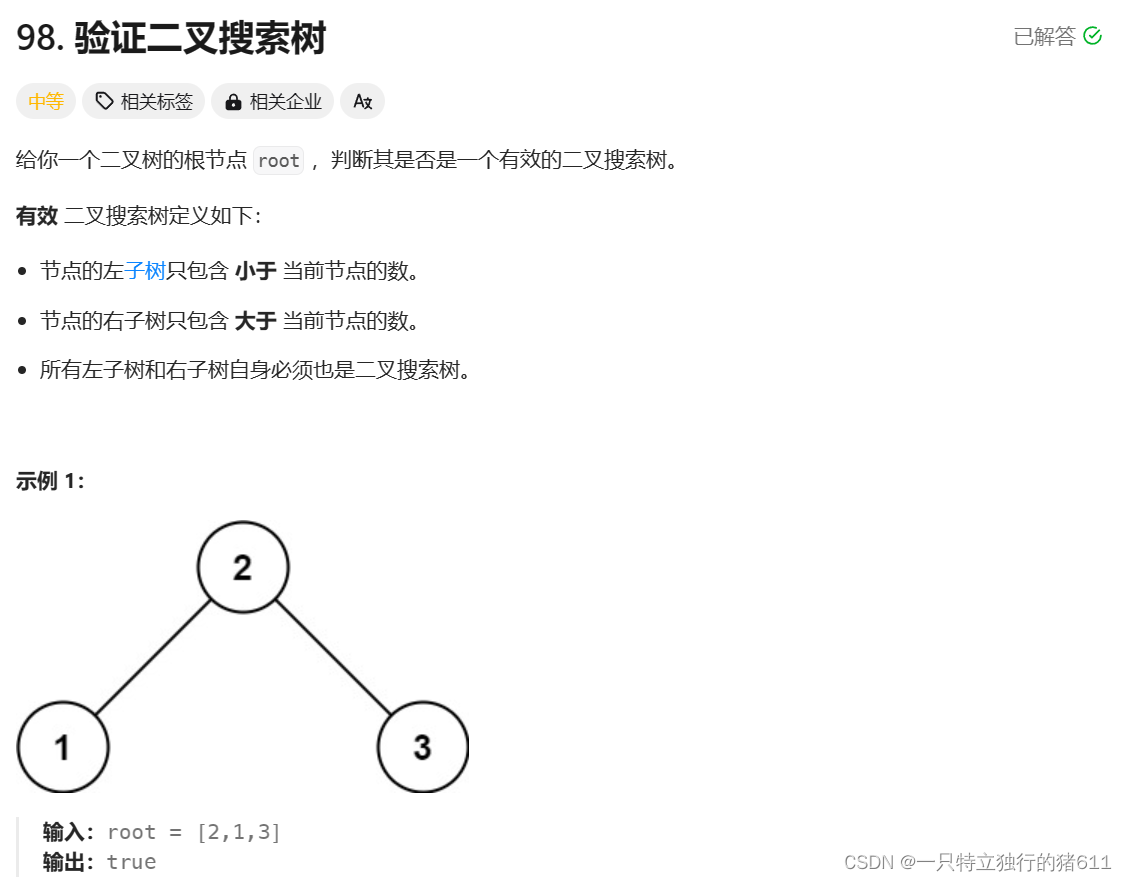
方法一:利用额外的集合,先中序遍历整个树,把每个值取到。再判断集合中是否为升序排序。
/**
* Definition for a binary tree node.
* public class TreeNode {
* int val;
* TreeNode left;
* TreeNode right;
* TreeNode() {}
* TreeNode(int val) { this.val = val; }
* TreeNode(int val, TreeNode left, TreeNode right) {
* this.val = val;
* this.left = left;
* this.right = right;
* }
* }
*/
class Solution {
public static boolean isValidBST(TreeNode root) {
if(root.left == null && root.right == null) return true;
ArrayList<Integer> arr = new ArrayList();//用于存放每个节点值的集合
f(root,arr);
for (int i = 0; i < arr.size() - 1; i++) {
if (arr.get(i + 1) <= arr.get(i)) {
return false;
}
}
return true;
}
public static void f(TreeNode root, ArrayList arr) {//中序遍历
if (root == null) return;
f(root.left,arr);
arr.add(root.val);
f(root.right,arr);
}
}方法二:定义一个变量,用于保存每次要比较值的上一个值的大小。
/**
* Definition for a binary tree node.
* public class TreeNode {
* int val;
* TreeNode left;
* TreeNode right;
* TreeNode() {}
* TreeNode(int val) { this.val = val; }
* TreeNode(int val, TreeNode left, TreeNode right) {
* this.val = val;
* this.left = left;
* this.right = right;
* }
* }
*/
class Solution {
public static boolean isValidBST(TreeNode root) {
if (root.left == null && root.right == null) return true;
Stack<TreeNode> stack = new Stack<>();
int preValue = Integer.MIN_VALUE;
while (!stack.isEmpty() || root != null) {
if (root != null) {//先一路把当前节点的左孩子全部遍历进栈
stack.push(root);
root = root.left;
} else {//总有一个时刻root跑到null,说明当前点没有左孩子
root = stack.pop();//root赋值为最后一个进栈的没有左孩子的节点
//这里刚遍历完当前节点的左孩子,如果在这里打印就是中序遍历
//System.out.print(root.val);
//所以我们在这里每次比较当前节点,和前一个要比较节点的大小,就相当于中序遍历
if (root.val > preValue || root.val == Integer.MIN_VALUE) {//说明当前节点满足搜索二叉树的性质
preValue = root.val;
} else {//否则不满足搜索二叉树,直接返回false
return false;
}
root = root.right;//遍历当前节点的右孩子
}
}
return true;
}
}3.3 判断完全二叉树
先说下性质:
满二叉树:在一颗二叉树中,如果每个结点都存在左子树和右子树,并且所有叶节点都在同一层上,这样的树为满二叉树。
完全二叉树:相同深度的满二叉树的所有结点(不包含叶子)在该树上都有相应的节点(包含叶子)与之对应且所有左子树先存在,才会存在右子树,然后才会存在下层子树的情况,这样的树为完全二叉树 。
可根据下图区分:
思路:层序遍历,根据完全二叉树的性质。
1.当有节点存在有右孩子没左孩子的时候,直接返回false
2.当遍历到第一个叶子节点时,要确保接下来每一个节点都是叶子节点!

/**
* Definition for a binary tree node.
* public class TreeNode {
* int val;
* TreeNode left;
* TreeNode right;
* TreeNode() {}
* TreeNode(int val) { this.val = val; }
* TreeNode(int val, TreeNode left, TreeNode right) {
* this.val = val;
* this.left = left;
* this.right = right;
* }
* }
*/
class Solution {
public boolean isCompleteTree(TreeNode root) {
if (root == null) return true;
//创建一个队列用来做层序遍历
LinkedList<TreeNode> queue = new LinkedList<>();
queue.add(root);
TreeNode l = null;//代表当前节点的左孩子
TreeNode r = null;//代表当前节点的右孩子
Boolean leaf = false;//一个开关,代表当前有没有遍历到叶子节点
while (!queue.isEmpty()) {
root = queue.poll();
l = root.left;
r = root.right;
if (
(leaf && (l != null || r != null))//前面已经存在叶子节点了,但当前节点不是叶子节点
||
(l == null && r != null)//有右无左直接返回false
) return false;
if (l == null || r == null) leaf = true;//如果当前节点是叶子节点
if (l != null) queue.add(l);
if (r != null) queue.add(r);
}
return true;
}
}3.4判断平衡二叉树
思路:
根据平衡二叉树的性质,判断当前节点下的树是不是平衡二叉树,只要做到一下几点判断:
1.左孩子要是平衡二叉树
2.右孩子要是平衡二叉树
3.左右孩子的高度差小于等于1

/**
* Definition for a binary tree node.
* public class TreeNode {
* int val;
* TreeNode left;
* TreeNode right;
* TreeNode() {}
* TreeNode(int val) { this.val = val; }
* TreeNode(int val, TreeNode left, TreeNode right) {
* this.val = val;
* this.left = left;
* this.right = right;
* }
* }
*/
class Solution {
public boolean isBalanced(TreeNode root) {
if (root == null) return true;
boolean leftBalanced = isBalanced(root.left);//判断当前节点左子树是不是平衡二叉树
boolean rightBalanced = isBalanced(root.right);//判断当前节点右子树是不是平衡二叉树
int leftHeight = getHeight(root.left);//获取左子树高度
int rightHeight = getHeight(root.right);//获取右子树高度
//只有当左右子树都为平衡二叉树且左右子树高度差<=1时,当前点才是平衡二叉树
return leftBalanced && rightBalanced && (Math.abs(leftHeight - rightHeight) <= 1);
}
public static int getHeight(TreeNode root) {//获取当前节点的高度
if (root == null) return 0;
int leftHeight = getHeight(root.left);//获取当前节点左孩子的高度
int rightHeight = getHeight(root.right);//获取当前节点右孩子的高度
return Math.max(leftHeight, rightHeight) + 1;//当前点的高度 = 左右孩子中更高的高度+1
}
}3.5找二叉树中两个节点的最近公共祖先
方法一:比较麻烦,空间复杂度较高,但比较好理解。
思路:1.创建一个map集合,先遍历所有节点,把每个节点的父节点存放在当前集合中。
map<当前节点,当前节点的父节点>
2.创建一个set集合,遍历当前节点1的所有祖先节点,并全部放入set集合中。
3.遍历节点2的所有祖先节点。每次遍历判断set集合中有没有当前节点,如果有,当前节点就是二者的共同祖先。由于都是从下网上遍历,所以第一个共同祖先就是最近共同祖先!

注意:这里方法一只提供一种思路,但空间复杂度和时间复杂度都较高,不推荐。
方法一代码:
/**
* Definition for a binary tree node.
* public class TreeNode {
* int val;
* TreeNode left;
* TreeNode right;
* TreeNode(int x) { val = x; }
* }
*/
class Solution {
public TreeNode lowestCommonAncestor(TreeNode root, TreeNode p, TreeNode q) {
HashMap<TreeNode, TreeNode> map = new HashMap<>();
map.put(root, root);//根节点的父节点就是自己
f(root, map);
HashSet<TreeNode> set = new HashSet<>();
set.add(p);
TreeNode cur = p;
while (cur != root) {//从p网上遍历其所有的祖先,把p每一个祖先都存放在set集合中
set.add(map.get(cur));
cur = map.get(cur);//当前节点赋值为其父节点
}
set.add(root);//根节点单独放入set集合
cur = q;
while (cur != root) {//遍历q的所有祖先,把q每个祖先都和p的祖先比较,当出现第一个相同节点,就是二者最近共同的祖先
if (set.contains(cur)) {
return cur;
}
cur = map.get(cur);//当前节点赋值为其父节点
}
return root;
}
/**
* 遍历树,把每个节点的父节点放入map集合中
*
* @param root 当前节点
* @param map 存放节点关系的集合
*/
public void f(TreeNode root, Map map) {
if (root == null) {
return;
}
map.put(root.left, root);
map.put(root.right, root);
f(root.left, map);
f(root.right, map);
}
}方法二:
/**
* Definition for a binary tree node.
* public class TreeNode {
* int val;
* TreeNode left;
* TreeNode right;
* TreeNode(int x) { val = x; }
* }
*/
class Solution {
public TreeNode lowestCommonAncestor(TreeNode root, TreeNode p, TreeNode q) {
//对于这个方法。如果某个子树下p、q都没有,它一定返回的就是空!
//遇到空就返回空,遇到p或q就返回p或q
if(root == null || root == p || root == q) return root;
TreeNode l = lowestCommonAncestor(root.left,p,q);//当前节点左子树的公共祖先
TreeNode r = lowestCommonAncestor(root.right,p,q);//当前节点右子树的公共祖先
if(l != null && r != null) return root;//如果当前节点的左右子树都有p或q。当前节点就是公共祖先
return l == null ? r : l;//如果左孩子为空就返回右孩子,如果右孩子也是空,那就也返回空!
}
}两个节点的分布无非就两种情况:
1.o1、o2中某一个是另一个的祖先。
2.o1、o2两个点分布在某一个公共祖先的两边。
情况一的图:
return l == null ? r : l;对于这种情况,A往左遍历,遍历到o1直接,就返回o1了。往右遍历,返回null。整体返回如果左不为空,就返回左,反之返回右。如果左右都为空,这返回右也就是返回空!

情况二的图:
if(l != null && r != null) return root;对于节点B。就是这种情况,左右两边返回值都不为空,返回的就是当前节点B。而对于B上面的节点,另外一边没有o1或o2,返回的一定是空。因此对于B和null,上面节点往上返回的还是B!
